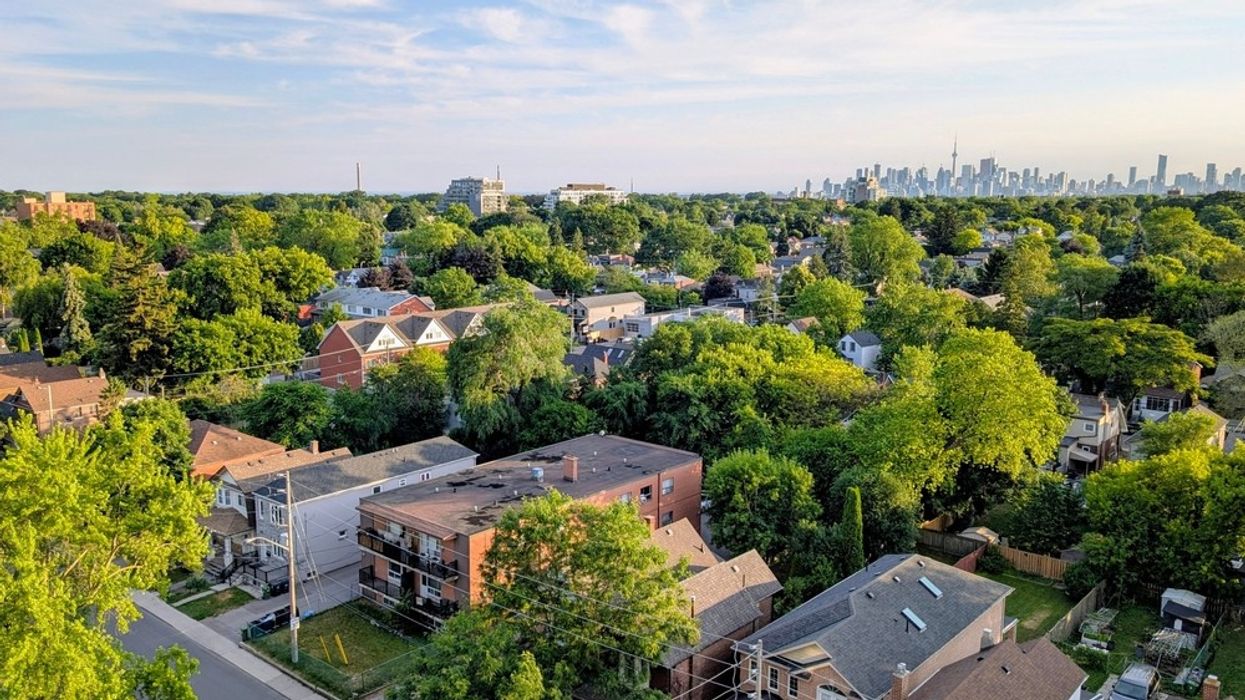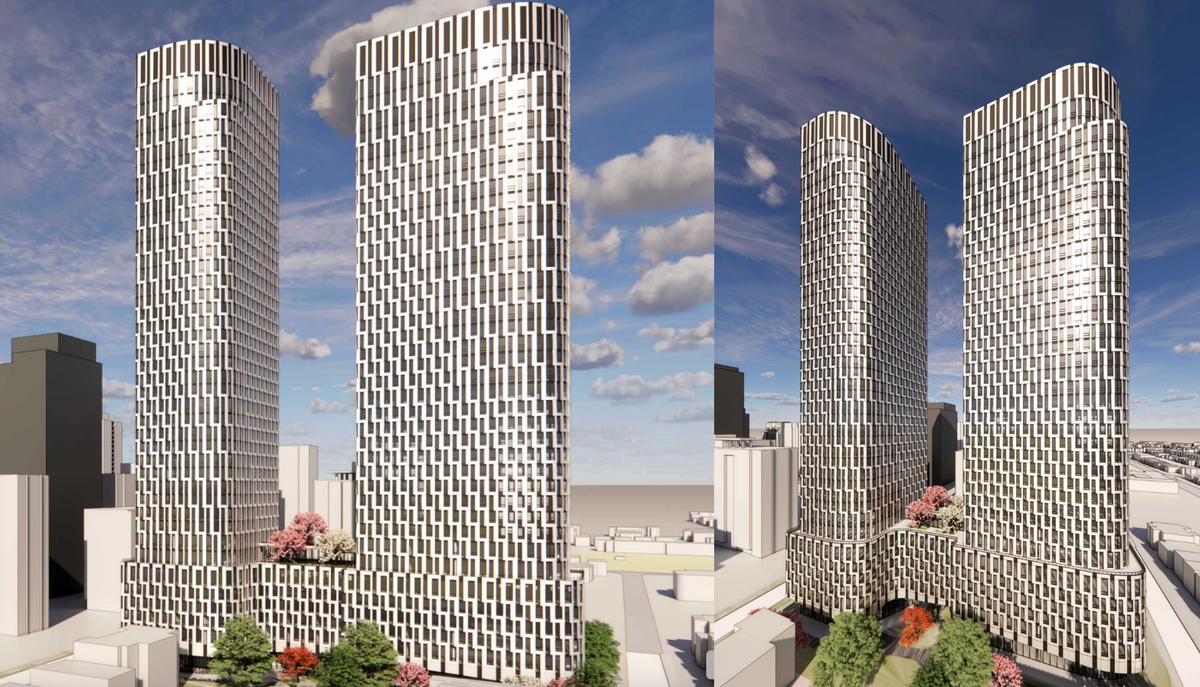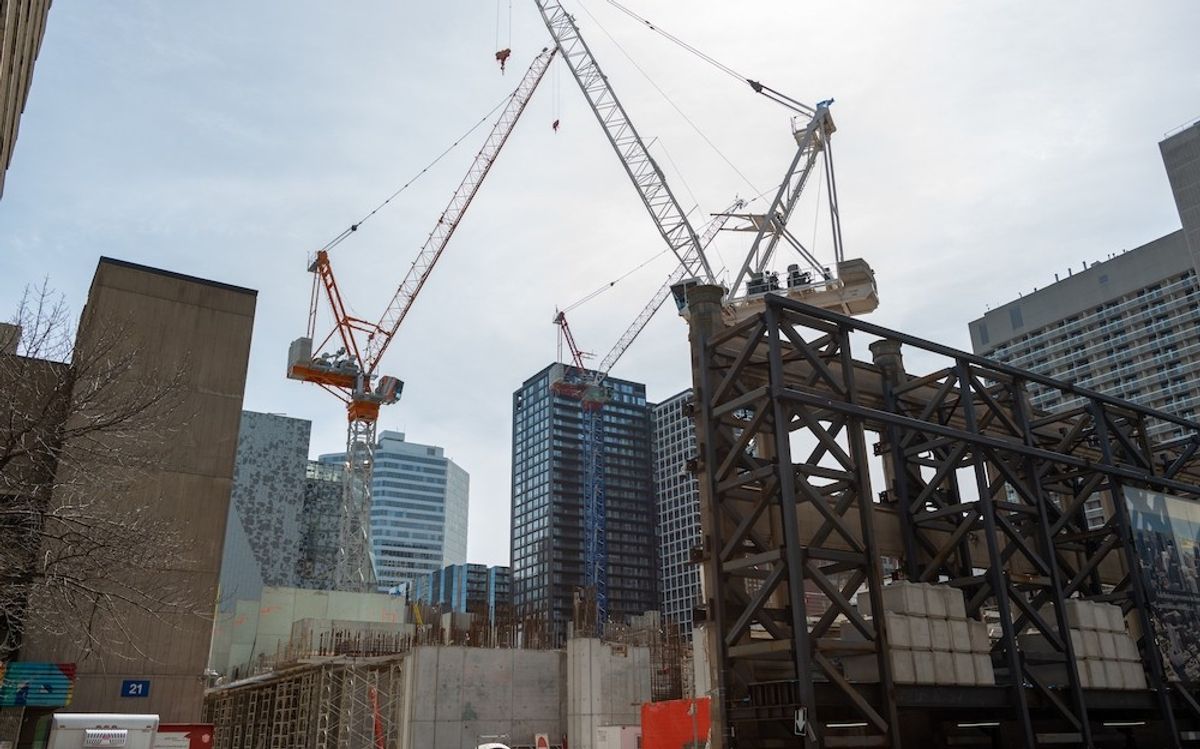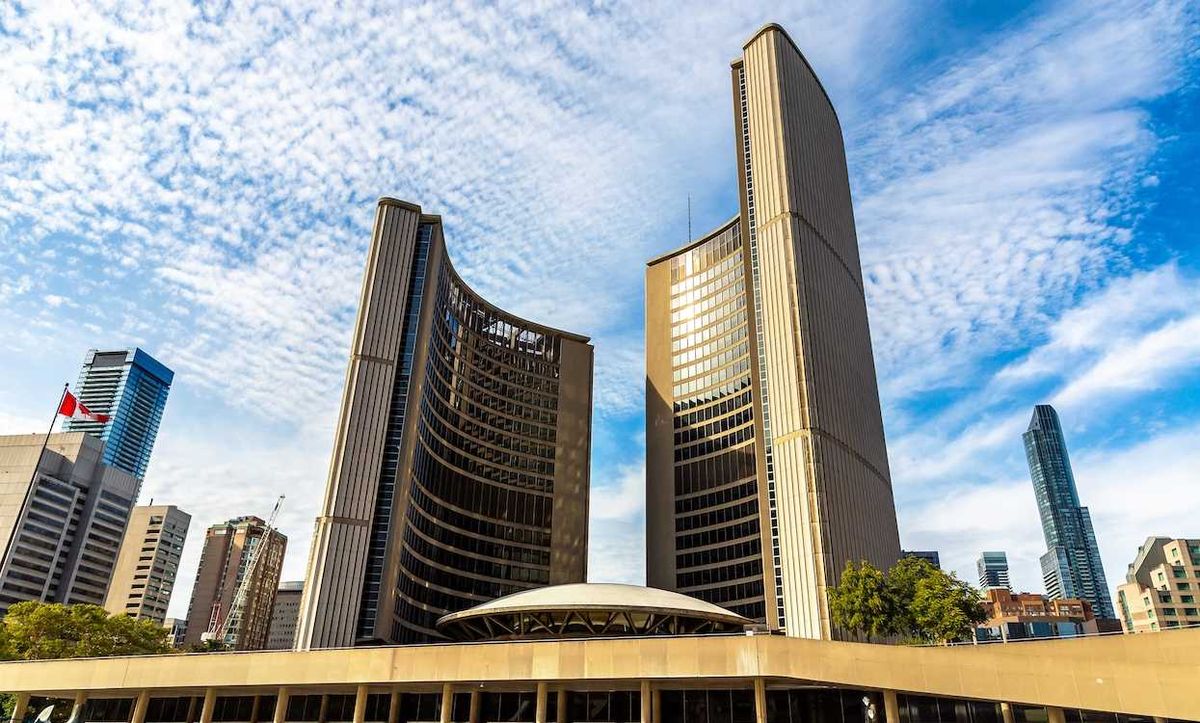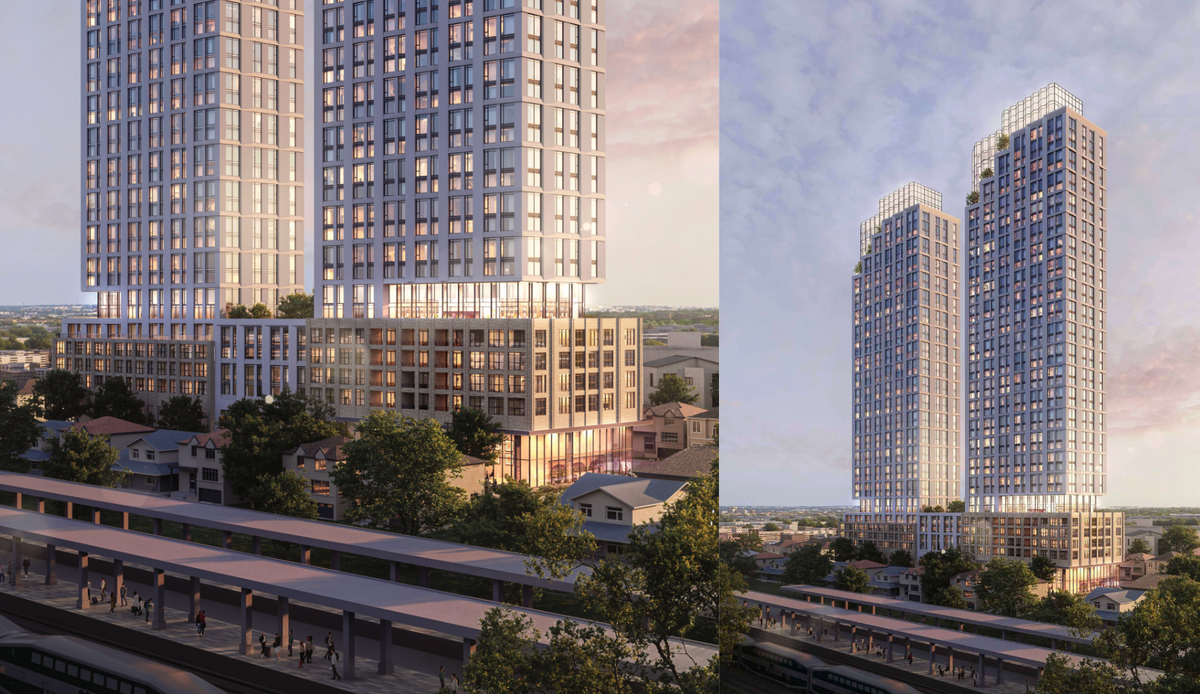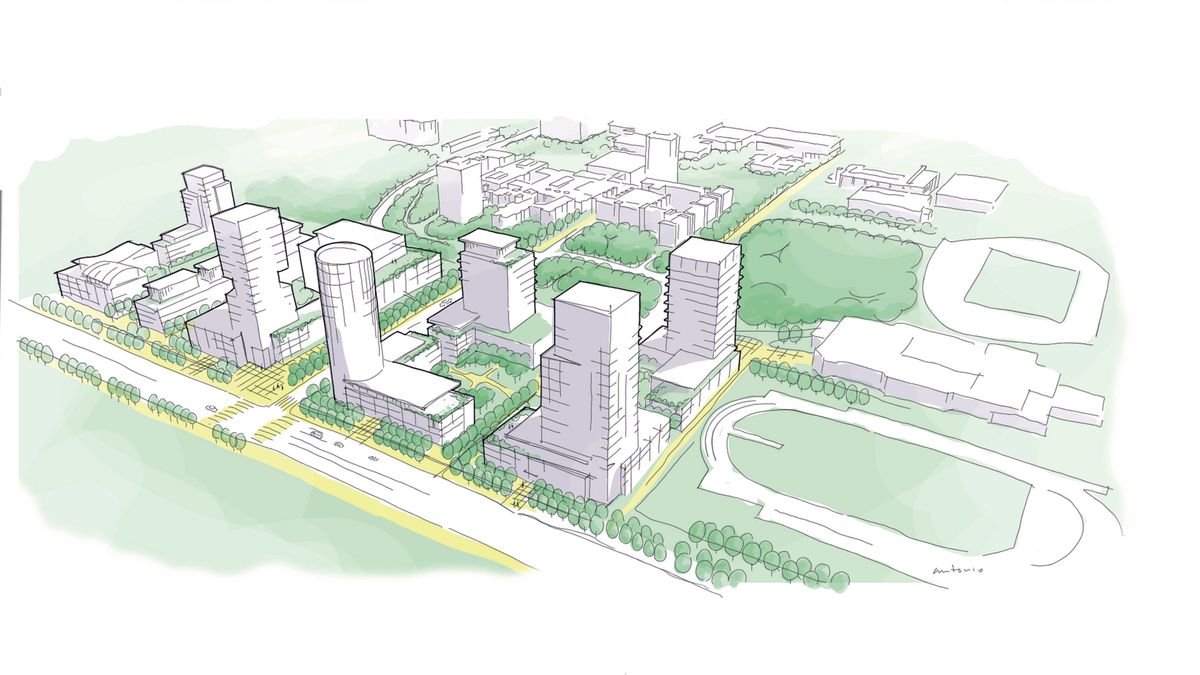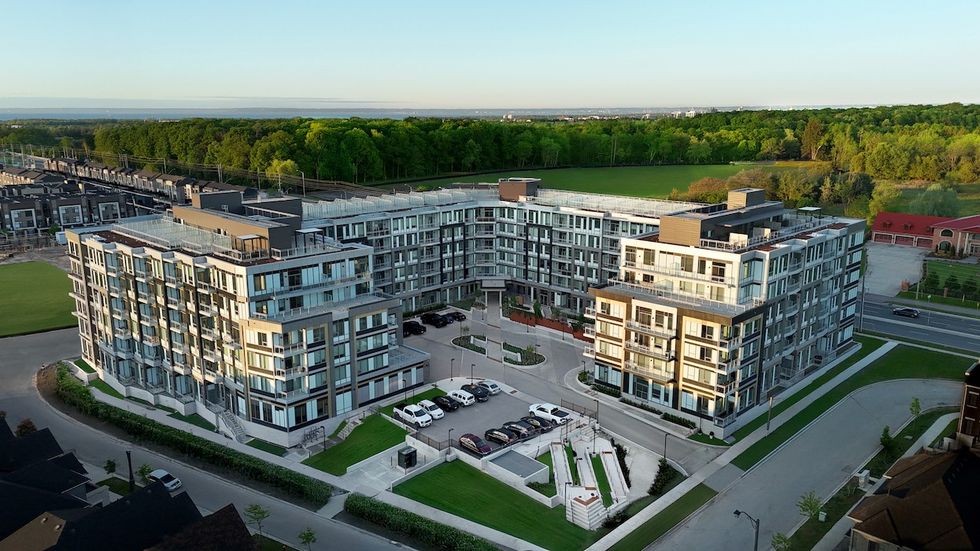Toronto is about to stage a drama unlike any other city on the continent. After years of silence in its glass towers, the country’s most powerful employers are summoning workers back, not for a day or two but for four and five days a week. Sixty thousand civil servants, armies of bank employees, the foot soldiers of telecom empires, all called to fill desks that have sat half empty since the world locked down. What looks like a cultural correction is in fact an economic experiment, one that will decide the fate of suburbs, test the strength of downtown real estate, and reveal just how far employers are willing to go in a labour market that has turned against its workers.
Who Is Going Back?
The Ontario Public Service has already begun its recall, demanding four days in the office by October and full-time attendance in the new year. Rogers has followed, setting a similar course toward five days by 2026. Canada’s major banks are circling, with some already testing the waters. Bell and CIBC have not yet pulled the trigger, but their silence feels more like staging than resistance. The pattern is unmistakable. Canada’s largest employers are converging on the same destination, preparing to repopulate the very towers that emptied in 2020.
The chart below, by Strategic Regional Research Alliance (SSRA), gives us the latest office occupancy snapshot for Toronto. Its occupancy levels have climbed back to 78% of their pre-pandemic benchmark, with Wednesdays peaking near 88% and Fridays dropping to barely half that.
Why Now?
The timing is not an accident. During the pandemic, employees held the leverage. Labour was scarce, wages were climbing, and resistance to mandates was possible. That moment has passed. According to the latest numbers from CREA, Toronto’s unemployment has surged to 9.9%. Job openings are fewer, layoffs more common. The balance of power has shifted back to employers, and they are using it.

Toronto Vs The World
To see how Toronto’s return-to-office numbers compare with other global financial hubs, a study by the Centre for Cities offers useful context. Even though Toronto has recorded one of the sharpest increases in office footfall since the pandemic, it still lags its peers in how many days workers actually spend on-site.
On average, employees in Toronto are in the office just 2.7 days per week, tied with London for the lowest.
A full quarter of the workforce does not come in at all, the highest fully remote share across the study.
Attendance also follows a clear weekly rhythm: mid-week peaks remain relatively decent, but Fridays see only 41% of workers present.
The Urban Economy Is a Web
To see why the return-to-office mandates matter, it helps to trace the flow of money through the urban economy. Banks finance the skyline twice: once by lending to the developers who build condominiums, and again by extending credit on the towers themselves. Pension funds hold billions of dollars in office assets whose value depends on occupancy. Far from operating in isolation, these markets form one network of exposures and obligations.
When towers sit idle, it is not simply a blow to city life. It is a threat to the balance sheets of banks and the retirement security of millions of Canadians. To send workers back is to support an entire financial edifice, from pension plans to mortgage books. Corporate preference plays a role, but the deeper truth is system maintenance.
The Real Estate Consequences
The first shock will be felt in demand for urban housing. Workers who stretched into distant suburbs during the remote era will reconsider whether endless commutes are sustainable. Many will look back toward the core, driving up interest in downtown rentals and condominiums.
One way to measure this is by tracking foot traffic in the downtown. The chart below shows the slow revival of foot traffic across major downtown cores in Canada. Mandates now being rolled out will only intensify the trend.
The impact on suburbs near will not be even. Second-ring suburbs, e.g. ones in the outer stretches of Durham are the most exposed. These are the markets that swelled during the pandemic as families sought larger homes far from the towers. Now they face the prospect of higher listings and softer prices as commuting erodes the value of distance.
The first-ring suburbs, including Mississauga, Vaughan, Markham, and Richmond Hill occupy a middle ground. Their proximity and transit connections give them resilience. They will not escape pressure entirely, but they will hold up better than the outer belt. In the centre, downtown demand is already beginning to stir. Empty retail space, weakened condo markets, and struggling streetscapes all stand to benefit from a slow but steady revival of foot traffic.
The chart below shows all the first and second ring suburbs.
Courtesy of Valery
The Longer View
The great recall will accelerate a correction already in progress. Pandemic distortions pushed suburban prices beyond their historical relationship with the city. That spread is now narrowing. Durham, Simcoe, and other distant regions that once matched Toronto’s average house price have already fallen back. Return-to-office will reinforce that pattern, pulling value back toward the core.
What remains uncertain is whether this shift will be enough to rescue the downtown condo market. Affordability is still badly stretched. Immigration brings bodies but not always the incomes required to absorb supply. Without meaningful wage growth or relief in borrowing costs, necessity may not translate into purchasing power. Downtown may grow busier, but that does not guarantee rents or condo prices will climb in lockstep.
